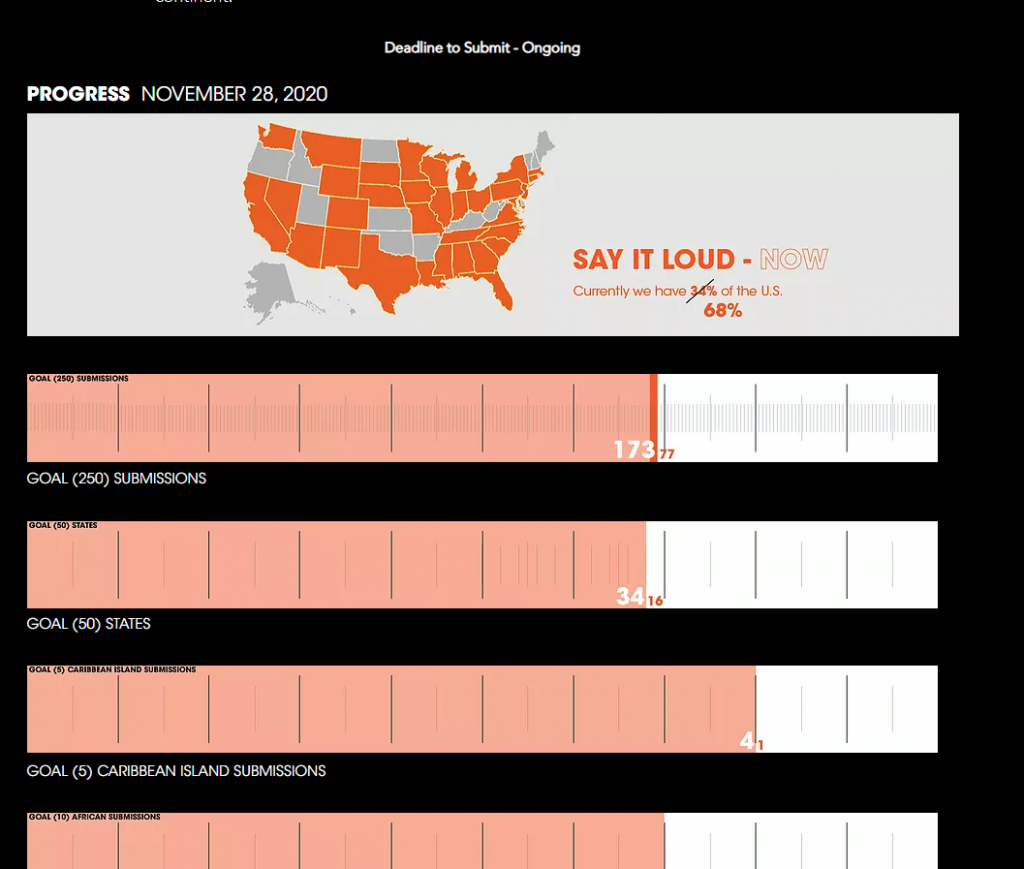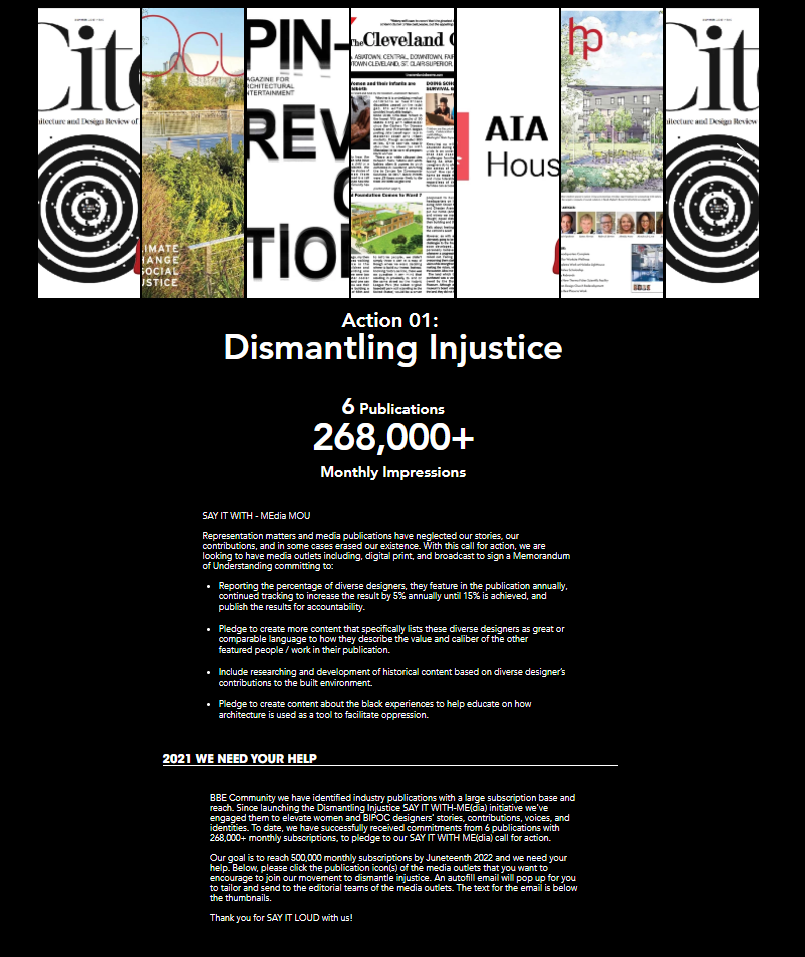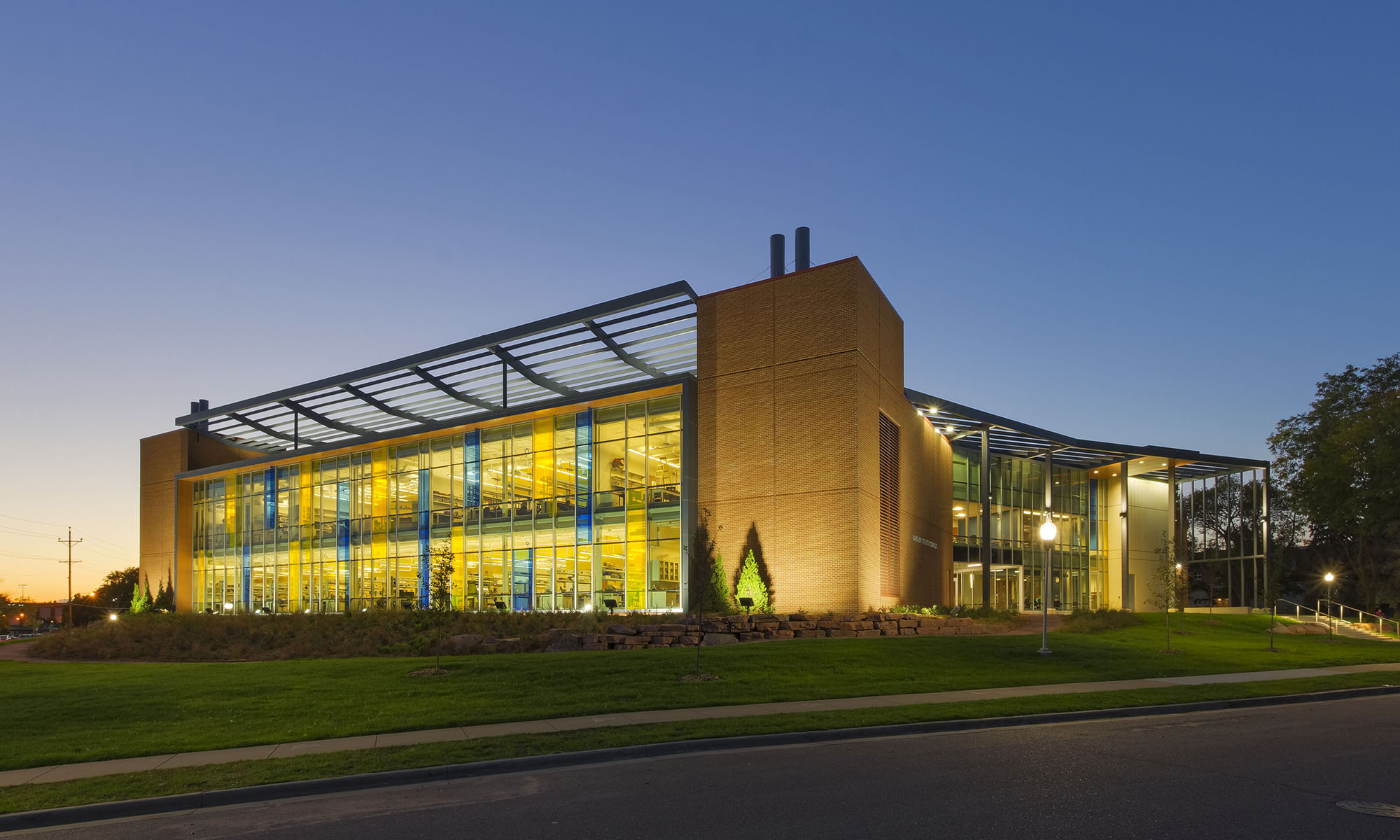We continue the conversation with Pascale in Part 2 discussing her personal journey through the architectural industry.
AD: How have you been able to see the impact of your contributions to the architectural industry?
PS: First, a few years ago I was lecturing at an AIA Brooklyn event and a young woman approached me after and said, “Hey, I don’t know if you remember me, but you came to my high school career day and you presented what architect is and I just graduated with my degree in architecture from City College.” Which means oh my God, I’m getting old, but wow that is amazing! Those are the kind of impacts I find meaningful – by sharing my story and not even realizing who it’s helping.
I can see there are improvements and more inclusion in the design profession culture. I am hearing the featured designers say they have noticed an increase in business, prominently featured in more publications, or have been submitting for awards more. “Oh, we can’t find them,” excuse is used less and less which was the typical excuse of why women or people of color were not given large projects or hired in positions of power.
AD: Are you able to combine your efforts within the work at Beyond the Built Environment with your work at Adjaye Associates?
What’s been powerful and dynamic at Adjaye Associates, is that advocacy is already part of the studios DNA. I came into a system of advocacy, a system of justice. I came into a system that values women and people of color. I came into a studio culture that believes every community deserves high design and their culture can be manifested not only within the site’s existing conditions, but also defined within the history and legacy of a space and culture as it informs the design process.
This is very different than my past experiences where I was trying to convince leaders or peers that there were issues and inspire them to answer the call to action. Now, I am part of the studio to help move the justice mission forward. I’ve learned so much about David’s vision and mission and is manifested in the projects developed at Adjaye Associates and enjoy tapping into the resources that have been established.
I’m incredibly relieved that I no longer have to subdivide my identity as an architect with my identity as an advocate. This is a position I’m incredibly grateful for because in the past I’ve been told I had to pick one, now I am celebrated for doing both. Having other architect-advocates within the office is also incredibly inspiring. The work we are doing here is design justice and embodies the values I’m preaching in the conferences and through my advocacy work. My ultimate goal is to decimate all forms of oppression in the built environment and profession and now I know we can get there.
AD: It is truly inspiring to hear your optimism with the work you do. It is difficult to keep that in mind, especially in South Dakota when architecture isn’t always valued as a profession and can be seen as, “those people who add costs to our projects.” Seeing architectural design changing how we live beyond the physical buildings is truly incredible. This has always been where I thought architecture can make an impact. PS: I recently listened to a talk by Marlon Blackwell, FAIA, who made it a point to talk about the cost per square foot for every project. He described great design as being local and bespoke, careful and strategic with materials and thoughtful within the design process. You don’t need to spend millions of dollars to have a high-quality design. What has been powerful about being an advocate architect is being tapped into the community and coalition of architects who do this type of work and being inspired by that work.
AD: You are truly an inspiration, and I am consistently in awe of the work you are doing as a professional in the architectural industry. I have looked to you for inspiration and strength over the last year. Who are your biggest mentors or inspirations?
PS: I would say my NOMA family is my largest source of inspiration. My family, my mom, my parents are huge support systems. My husband is fantastic in terms of being present. As a mom, it is difficult to manage this work, and it is only possible because of a supportive spouse. He sees the value of my work and is supportive in that manner.
Architecturally, I have great mentors that I’m not afraid to call and say ‘I’m drowning, help me!’ I don’t just have one mentor as I don’t assume one person can embody everything I need. I aware of each of mentor’s strengths and tap into each one when I need their type of support. David, obviously, is one of my newest mentors.
Past employers like S9 Architecture cofounder, Navid Maqami, who passed away, was a huge mentor for me. Sudhir Jambhekar was my first boss in the professional world and is the blueprint of the type of leader I aspire to be in an office setting.
Gabrielle Bullock, FAIA, in California, talks about how she creates justice systems in her offices, Zena Howard, FAIA, in North Carolina for the projects she is doing culturally. There are those who have passed away, such as Phil Freelon and J. Max Bond Jr.There are just so many. I’ll get in trouble for not naming all of them, but for me mentorship is about a community and less about an individual by recognizing people for the work they are doing and specific imprints they are making. I am so grateful for their work and support.
AD: As future NOMA President, I wanted to get your thoughts on creating a NOMA chapter in South Dakota, as we do not have one. We may, however, have a few at large members within the state. There was also a NOMAS chapter at South Dakota State University, but it may be influx at this time. Would you have any advice as to how to help cultivating and supporting this community?
PS: When creating and starting a local chapter, realize that even though this is a national organization, the lifeline and blood is through the local components. The members must understand the mission of NOMA and the justice we have been seeking for the past 50 years. If anyone believes in the mission, they can join NOMA. It cannot be the sole responsibility of those disenfranchised by the system to take on the burden to solve these issues. It does require a large collective of individuals that are in line with value of justice, that participate and work through creating this community.
First, share the mission, the goals and intentions of NOMA and if you feel that is in line with you, that could be part of the catalyst to create a local component.
From the NOMAS standpoint, you need to have a dedicated faculty advisor willing to hold the baton to make sure there is a pipeline of students willing to step into those leadership roles as students graduate into the professional field. It should not be on the students to cultivate this community themselves.
AD: AIA South Dakota has a large membership of the architects within the state and with our continued support of the architectural program at South Dakota State University, I think there are way to build a community around the values of NOMA. Do you have any challenges or call to action for the members of AIA South Dakota to help elevate or recognize the diverse designers within our state?
PS: Challenge number one would be to submit for SAY IT LOUD – NOW. Submit your work to this virtual exhibition to help elevate and showcase your work. Hopefully in future, we can assist in creating a SAY IT LOUD – South Dakota, which would be epic.
As a firm leader, or firm owner, look at your staff who have contributed significantly to projects and support or sponsor them in their submission. Sometimes people are afraid to ask for permission to submit.

Challenge number two would be SAY IT WITH ME(DIA), a pledge asking media publications to commit to documenting how many women and BI-POC designers are featured in their publications and increasing that by 5% annually until a minimum of 15% is reached. This is achieved by using the same vernacular that is used to describe our white male counterparts to describe women and people of color and for media publications to leverage their resources to find historic data and stories of women and BI-POC designers and making that public as well.
On our website we have the SAY IT WITH – ME(dia) Pledge, where media publications can sign up as print, digital and/or broadcast, to make this pledge. I have a thumbnail for all the major design media publications and when one clicks the thumbnails, it will bring up an email to send requesting them to take the SAY IT WITH – ME(dia) Pledge. The more people that can help with that the better – to see diverse designers within these publications.

AD: Before we conclude, I know you have a few publications in the works, a children’s pop-up book series as well as a Beyond the Built Environment book. Can you describe these a little more?
PS: I decided I wanted to continue to leverage the work I am gathering through all these exhibitions. Whenever an area has a large quantity of submissions, I have commissioned an artist to create caricatures of each of the architects, as well as a 3-D pop up artist to create a popup of their work with the words “I CAN TOO…” Kids can practice the self-affirmations “I can too become an architect, I can too change the world.” The series is called Learn Out Loud.
AD: Thank you again for your time today, I really enjoyed our conversation and look forward to seeing the work you continue to do!
Links:
Beyond the Built: Great Designers Library
Beyond the Built: Say it with ME(dia)
National Organization of Minority Architects
Allison Dvorak, AIA, CPHC, is a member of the AIA South Dakota Board of Directors, liaison to the Emerging Professionals and Communication committees, and an architect in Sioux Falls. She received her M.Arch from North Dakota State University and continues to develop her Master’s thesis of researching and implementing design theories focused on human centered design through speaking engagements, design practice, and one-on-one client education. Allison lives in Sioux Falls with her husband, son and daughter.


